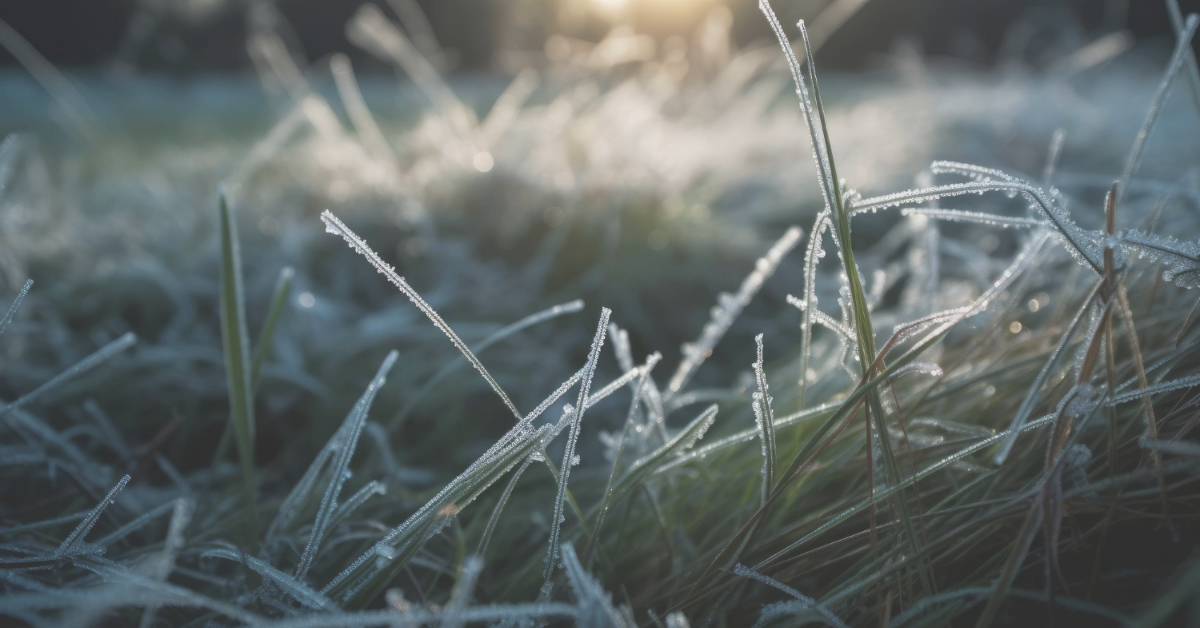As the vibrant shades of summer fade and the colder months approach, your lawn begins its transition into a dormant state. While the demands of lawn care may lessen, it’s crucial to take steps during autumn and winter to ensure a healthy, green revival come spring. Here’s a guide to maintaining a healthy lawn during these chilly seasons.
1. Autumn Lawn Care: Preparing for the Chill
- Clear Fallen Leaves: Regularly rake and remove fallen leaves. Left unchecked, they can smother the grass beneath, leading to disease and preventing sunlight from reaching the turf.
- Aerate the Soil: Over time, soil can become compacted, preventing essential nutrients, water, and air from reaching the roots. Using a lawn aerator, make holes in the soil to improve its health and breathability.
- Fertilise: Late autumn is an ideal time to apply a slow-release fertiliser. This will nourish your lawn throughout winter and provide essential nutrients for the following spring.
- Mow One Last Time: As winter approaches, give your lawn a final mow. Aim to leave it slightly longer than you would in the summer; this helps to protect the soil from frost.
2. Winter Lawn Care: Gentle Maintenance
- Avoid Walking on Frosty Grass: Walking on frozen grass can cause it to break, leaving unsightly patches. Where possible, try to avoid using the lawn during frosty or snowy conditions.
- Water Wisely: If your region experiences mild winters without much rainfall, consider lightly watering your lawn. However, ensure that the soil can absorb the moisture and that you’re not over-watering, as soggy conditions can lead to mold and disease.
- Monitor for Disease: Cold, damp conditions can lead to lawn diseases like snow mold. Check your lawn regularly for any signs of disease and treat them promptly.
- Stay off Saturated Lawns: After heavy rainfall or melting snow, refrain from walking on or using your lawn until it has adequately dried out.
3. Preparing for Spring
- Gentle Clean-Up: As winter fades, clean up any debris, fallen branches, or leaves that might have accumulated over the season.
- Test Soil pH: Early spring is a great time to test your soil’s pH level. If the soil is too acidic or too alkaline, it can affect the lawn’s health. Depending on the results, you might need to add lime (to raise pH) or sulphur (to lower pH).
- Plan Your Spring Feed: Start looking into the best fertilisers for spring. A feed rich in nitrogen will give your grass the boost it needs after the long winter.
In Conclusion
Caring for your lawn during autumn and winter may require a different approach than in warmer months, but it’s essential for ensuring a vibrant, healthy green space when spring returns. With careful preparation and maintenance, your lawn can weather the chill and emerge even more lush and resilient.





